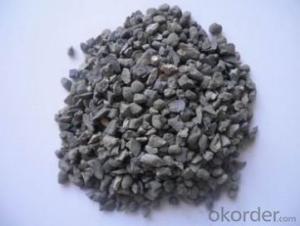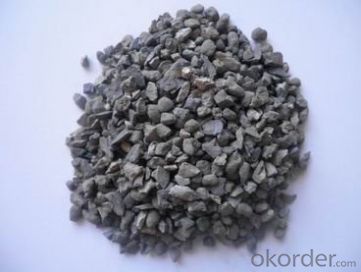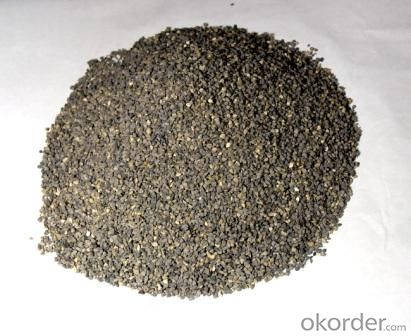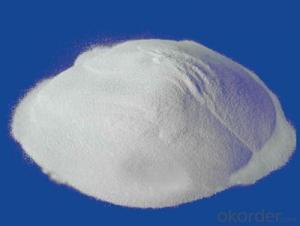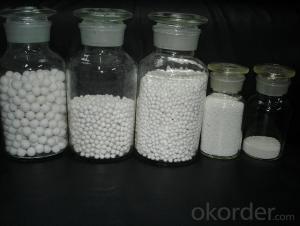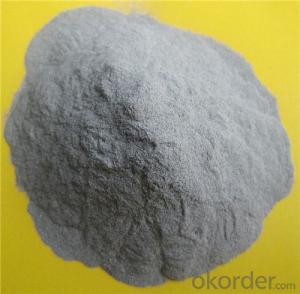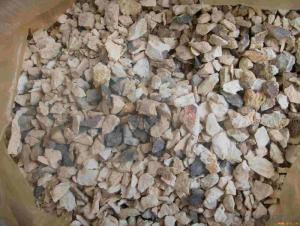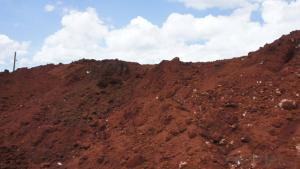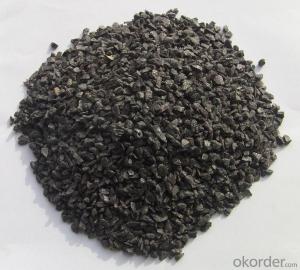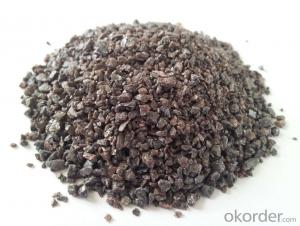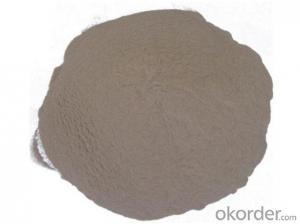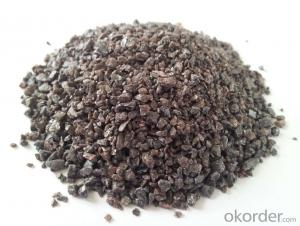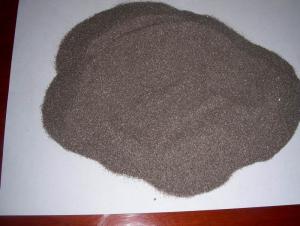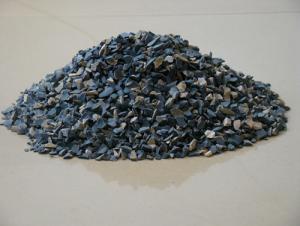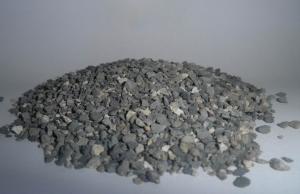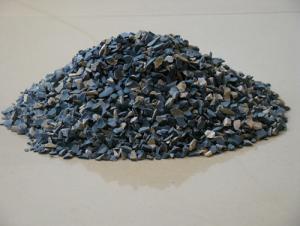Raw Materials for Refractory:Bauxite Material Sand Brown Fused Alumina
- Loading Port:
- China main port
- Payment Terms:
- TT OR LC
- Min Order Qty:
- 25 m.t.
- Supply Capability:
- 10000 m.t./month
OKorder Service Pledge
OKorder Financial Service
You Might Also Like
Specifications
Bauxite Material sand brown fused alumina
1) High content of Al2O3: 95%
2) High quality with best price
3) Prompt reply
Product Description
Bauxite Material sand brown fused alumina
1. Specifications
1).High purity and good sutability. 2).Corrosion resistance and high hardness.
3).Controlled quality and Stable supply 4).Timely delivery
2. Description
China Black Silicon Carbide Abrasive for Refractory features high hardness(HV=3100-3300kg/mm2), is brittle and has a sharp nature and maintain certain electrical conductivity and thermal
conductivity and thermal conductivity.
P Series: P16-P2500, 27 Grit Numbers
F Series: P14-P1200, 30 Grit Numbers
3.Advantages
1). Corrosion resistance, high strength, high hardness.
2). Good wear-resisting performance,resist to shock.
3). It is a cost-effective substitute for Ferrosilicon.
4).It costs less than ferrosilicon and carbon combination.
5). It has no dust nuisance while feeding the material.
4. Applications
The abrasive tools made from China Black Silicon Carbide Abrasive for Refractory is applicable to non-ferrous materials with tensile strength, such as nonferrous metals, wood, leather, plastic, rubber, stone material, gray
cast iron, silicate material (glass, ceramic, concrete and refractory matter), etc. Adding a proper amount of black
silicon carbide as deoxidant during the smelting of steels can significantly improve the quality of steels. Due to its heat resistance, resistance to chemical attack and thermal shock resistance, it is widely used in high quality
refractory matter and other industries.

- Q: Technical scheme of refractory for refuse incinerator
- Refractory technical index1. Physical and chemical indexes of graphite brickThe volume density (g/m3 = 1.6)The compressive strength (Mpa = 23)Apparent porosity is less than 21Ash% less than or equal to 0.5The thermal conductivity at room temperature (W/M.K = 45)200 c = 43600 C = 40800 C = 352, N-4 clay brick physical and chemical indexesRefractoriness 1690Load softening temperature of more than 1300 startThe change of reheating line is%1350 DEG C * 2H - 0.5 to +0.2Apparent porosity is less than 24The compressive strength (Mpa = 20)
- Q: I want to consult the fire resistant level standards of external wall thermal insulation materials.
- 1, The building with the height larger than or equal to 100m, should have the A-level combustion performance. 2, The thermal insulation material of the building, with a height larger than or equal 60m and less than 100m, should not be less than the level B2 combustion performance. When using the level B2 insulation material, each level should set horizonal fire barrier zone. 3, The thermal insulation material of the building, with a height larger than or equal to 24m and less than 100m, should not be less than the level B2 combustion performance. When using the level B2 insulation material, each two levels should set horizonal fire barrier zone. 4, The thermal insulation material of the building, with a height less than 24m, should not be less than the level B2 combustion performance. When using the level B2 insulation material, each three levels should set horizonal fire barrier zone. I hope my answer will help you. Thank you!
- Q: What effect does aluminium powder play in refractory bricks?
- Aluminum powder is the main temperature resistant material ~ ~ ~ ~!
- Q: What high-molecular polymers can be used as fire-resistant material binder?
- Melamine resin should be compounded with fire-resistant material and acrylic acid material is easy to burn. But high-molecular polymers can be used along with the above two. Polysulfone is featured by heat resistance and high temperature resistance. Polyurethane is difficult to process and compound with fire-resistant material. Phenolic resin is not easy to burn. Epoxy is expensive and self-extinguishing once away from fire.
- Q: What is the particle size of boron carbide for refractories?
- 0.3-0.5% is OK, but also with other additives, such as aluminum powder, silicon powder, magnesium alloy powder and so on. To achieve good results.
- Q: What thickness is needed of the ultra-thin fireproof paint with a fireproof time of 2.5 hours?
- Fireproof of steel components can adopt outsourcing concrete (or laying bricks method), fireproof coatings, fire prevention board coated and composite structure. Anti-firing plate can be divided into the fire protection lamella thickness plate and thin plate. Fire protection lamella thickness plate is of 20 ~ 50 mm. There are mainly calcium silicate and decayed stone of fire prevention board fire board, main varieties KB board, CF board; Fire sheet thickness is between 6 to 15 mm and the main varieties have short fiber reinforced cement pressure plate, fiber reinforced ordinary calcium silicate board and glass cloth reinforced inorganic plate. I hope you can be satisfied.
- Q: What types of steel are silicious quicksand and chromium quicksand used in respectively?
- Chromium quicksand can be used in steel-making process that has longer refining time like LF, VD and RH, in stainless steel drainage and thin plate drainage agent. Silicious quicksand is used in short steel-making process, process that is less than 45 seconds or process without refining. You can consult Hua Heng for details or inspect it by yourself.
- Q: Who can tell me the properties and classification of insulating refractories?
- It is the chemical method. The chemical reaction in the brick making process to produce gas and method for obtaining a porous brick. Usually use chemical reactions such as carbonate and acid, metal powder with acid, caustic and aluminum. Chemical reactions can be used must be relatively slow and can control or mechanical disturbance will disappear bubble in an injection mold. If the reaction is too fast, adding inhibitors such as hydrogen peroxide and manganese dioxide. The fine powder material slurry mixed with reactant bubbles to obtain stable foam slurry injection model, after drying the firing. This method of making pure oxide insulating refractory products, its porosity can reach 55% ~ 75%.
- Q: What are grades of refractory materials?
- Refractories have lots of varieties which all have different purposes. It is necessary to classify refractories scientifically in order to scientifically study, choose and manage them. Classification methods of refractories include chemical properties classification, chemical composition of mineral classification, manufacturing technique classification, morphology of the material classification. 1 divided according to the level of refractoriness: ordinary refractory materials: 1580 ℃ ~ 1770 ℃, advanced refractories: 1770 ℃ ~ 2000 ℃ and super refractories: above 2000 ℃ 2, divided in accordance with shapes and sizes : Standard ones: 230mm × 113mm × 65mm, no more than four ruler.
- Q: What's the commonly used refractory material for ladle?
- 1. According to the refractoriness, it can be classified as follows: common refractory: 1580℃ ~ 1770℃; high grade refractory: 1770℃ ~ 2000℃; superrefractory: 2000 ℃; 2. According to the shape and demension of the product, it can be classified as follows: standard form : 230mm×113mm ×65mm of no more than four measuring scale, (demension ratio) Max: Min
Send your message to us
Raw Materials for Refractory:Bauxite Material Sand Brown Fused Alumina
- Loading Port:
- China main port
- Payment Terms:
- TT OR LC
- Min Order Qty:
- 25 m.t.
- Supply Capability:
- 10000 m.t./month
OKorder Service Pledge
OKorder Financial Service
Similar products
Hot products
Hot Searches
Related keywords
